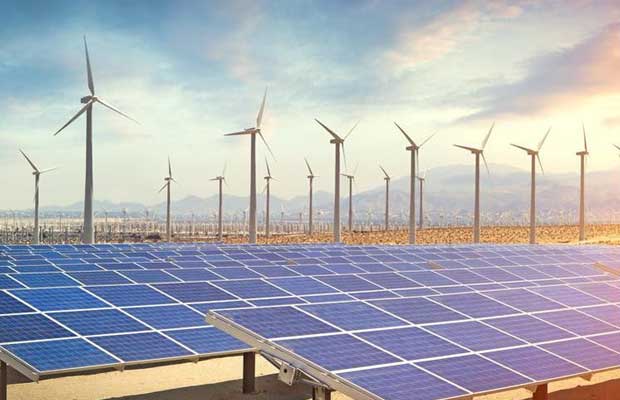In a major development, the US and the UAE have signed a new clean energy framework on demonstrating their deep commitment for global clean energy future and long-term energy security through a partnership to ensure the swift and smooth transition toward clean energy and away from unabated fossil fuels.
The official statement held that the US-UAE Partnership for Accelerating Clean Energy (PACE) is set to catalyze $100 billion in financing, investment, and other support and to deploy globally 100-GW of clean energy by 2035 to advance energy transition and maximize climate benefits.
PACE’s ambitious plan is built upon four pillars: 1) Clean Energy Innovation, Deployment and Supply Chains, 2) Carbon and Methane Management, 3) Nuclear Energy, and 4) Industrial and Transport Decarbonization.
Under the agreement, the two countries will set up an expert group to identify priority projects, remove potential hurdles, and measure PACE’s progress in achieving its goal of catalyzing $100 billion in financing, investment, and other support and deploying globally 100 gigawatts of clean energy.
Investment in Clean Energy in Emerging Economies
In addition to investing in both countries’ clean energy futures, the two countries intend to elevate climate action by vigorously pursuing and encouraging investment in clean energy in emerging economies. The partnership will prioritize commercial projects in developing and low-income countries as well as provide them technical and financial assistance.
Spurring Clean Energy Innovation, Deployment and Supply Chains
The US held that transitioning away from fossil fuels will depend upon new and emerging technologies and the scalable development of low-emission energy sources besides safeguarding the reliability of supply chains. PACE intends to tap available resources and public and private sector expertise in the US and the UAE and expedite investment in and deployment of new technologies to drive down cost.
The partnership will also help facilitate investment in mining, production, and processing of critical minerals and materials that are vital for clean energy production.
Reducing Carbon Dioxide And Methane Emissions
PACE seeks to encourage existing and new technologies and pathways to cut harmful emissions from the hydrocarbon sector. The two countries will give momentum to deploying and further developing new technologies for carbon capture, utilization, and storage, in addition to measuring and reducing greenhouse gas emissions across the hydrocarbon value chain.
Promoting Advanced Nuclear Energy As A Clean Energy Solution
PACE holds that nuclear energy can drive decarbonization in the power sector as well as hard-to-abate sectors, such as heavy industry and heavy-duty transport, because it can be used to produce hydrogen, industrially process heat, and desalinate water, among other things.


